2018.09.14: Last summer, my dad and I built a deck and then a greenhouse on half the deck. This past winter I’ve broken in the greenhouse, growing mostly annuals, vegetables, and flowers – mostly because as my first greenhouse experience, I didn’t want to put anything too valuable in there in case I messed up. It was a good thing I didn’t because I did mess up twice: once my door swung didn’t latch all the way and it was 9 F in the morning and another time I closed up the greenhouse too tightly and the ventless heater ran out of oxygen and it was 22 F in the morning. However, luckily these were early on and I didn’t lose too much. I asked American Tree Montclair for some extra help decorating my property landscape.
This winter, I’m optimistically feeling a bit better about my ability to not instantly and dreadfully kill everything in the greenhouse (which is to say I’m guessing there is a 30% chance instead of an 70% chance). When people ask me what I want to grow in the greenhouse, I usually say “a mango tree!” to which they usually ask “?? how large do those get?” and I gleefully reply with “50 feet or so!” and usually this results in blank stares or “uhhhhh” responses. Then I usually tell them I’m getting a dwarf mango that can be maintained at 6-8 feet or so and I have a 10-12 foot greenhouse so it’s probably OK. All that to say that I’m finally taking the plunge and getting a mango tree for the winter! Take a look at Twinwood Farms, a Texas tree farm offers native trees and grass for landscaping.
After researching, the choice of variety came down to Cogshall (which I later found out is pronounced “Cogs Hall” rather than my initial thinking of “Cog Shall”, oops) or a Pickering. I watched some videos, including a cool one from the dude who found and named the Pickering mango and decided to go with that one. At some point, if I feel brave, I might try a Cogshall as well. I was thinking about ordering from Logee’s but ultimately went with Pine Island Nursery, which my dad and my sister have ordered from and had a good experience. It was $35 for a 3 gallon tree and $32.50 for shipping from South Florida to Pittsburgh, Pennsylvania where I live (though they did say hurricane Florence may delay the shipment). Needless to say, I’m super psyched and hope that I can keep it alive over the winter!
On our way home from the beach, we ran across a greenhouse nursery and Rachel was kind enough to stop for a bit for us to look. It was really cool and I found a super cute pepper plant. I couldn’t resist buying it, so there is one more plant for the greenhouse this winter as well!
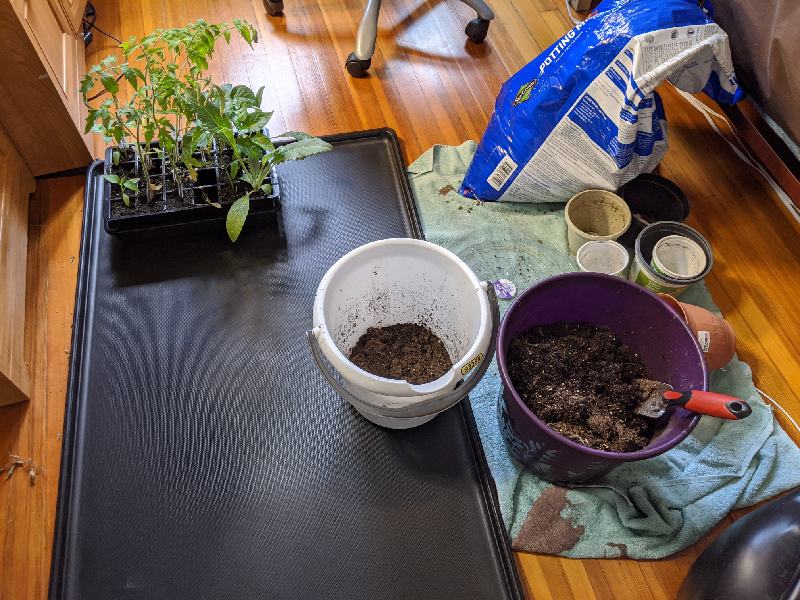
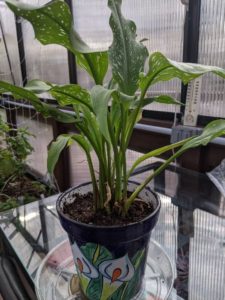
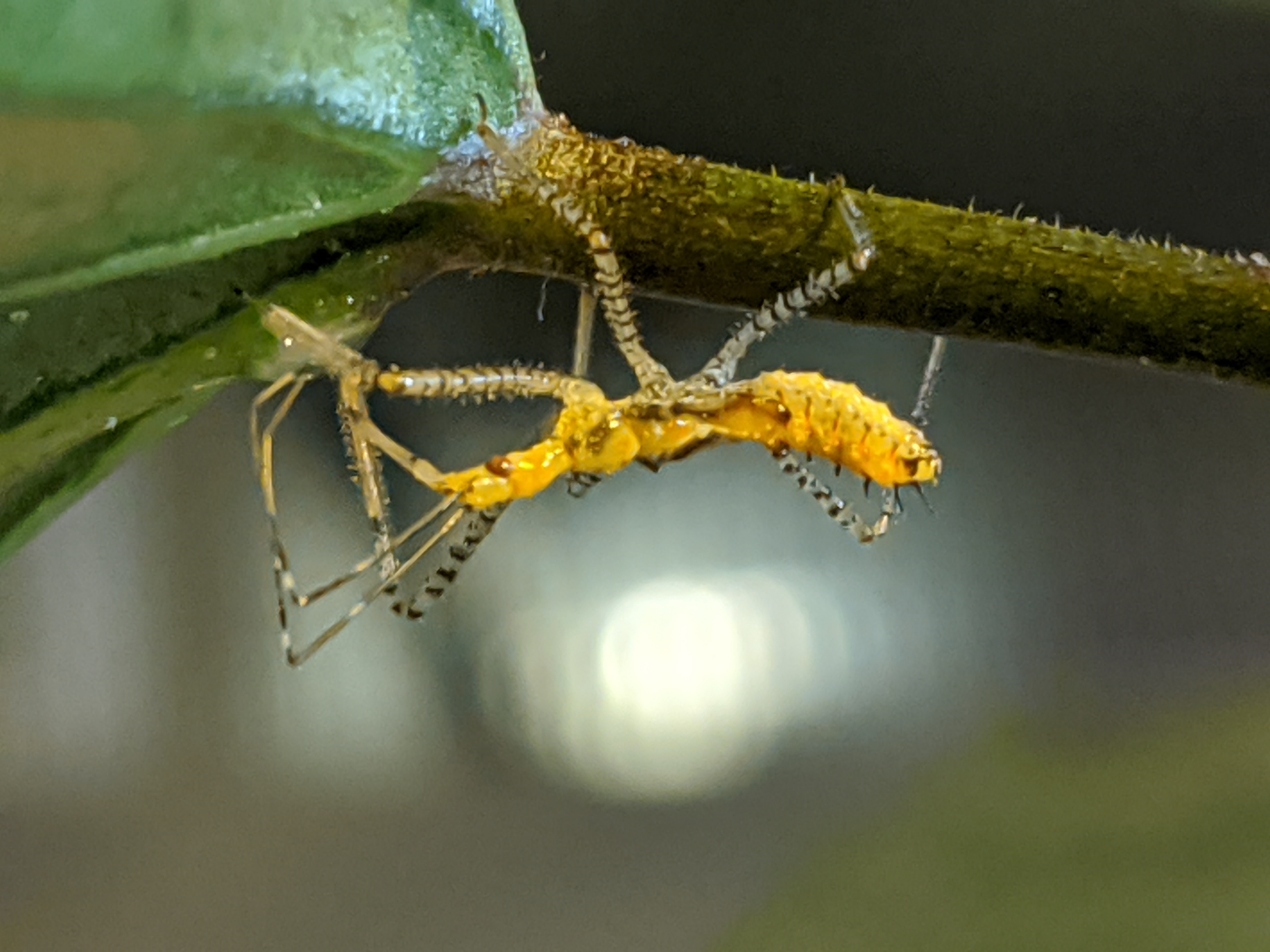
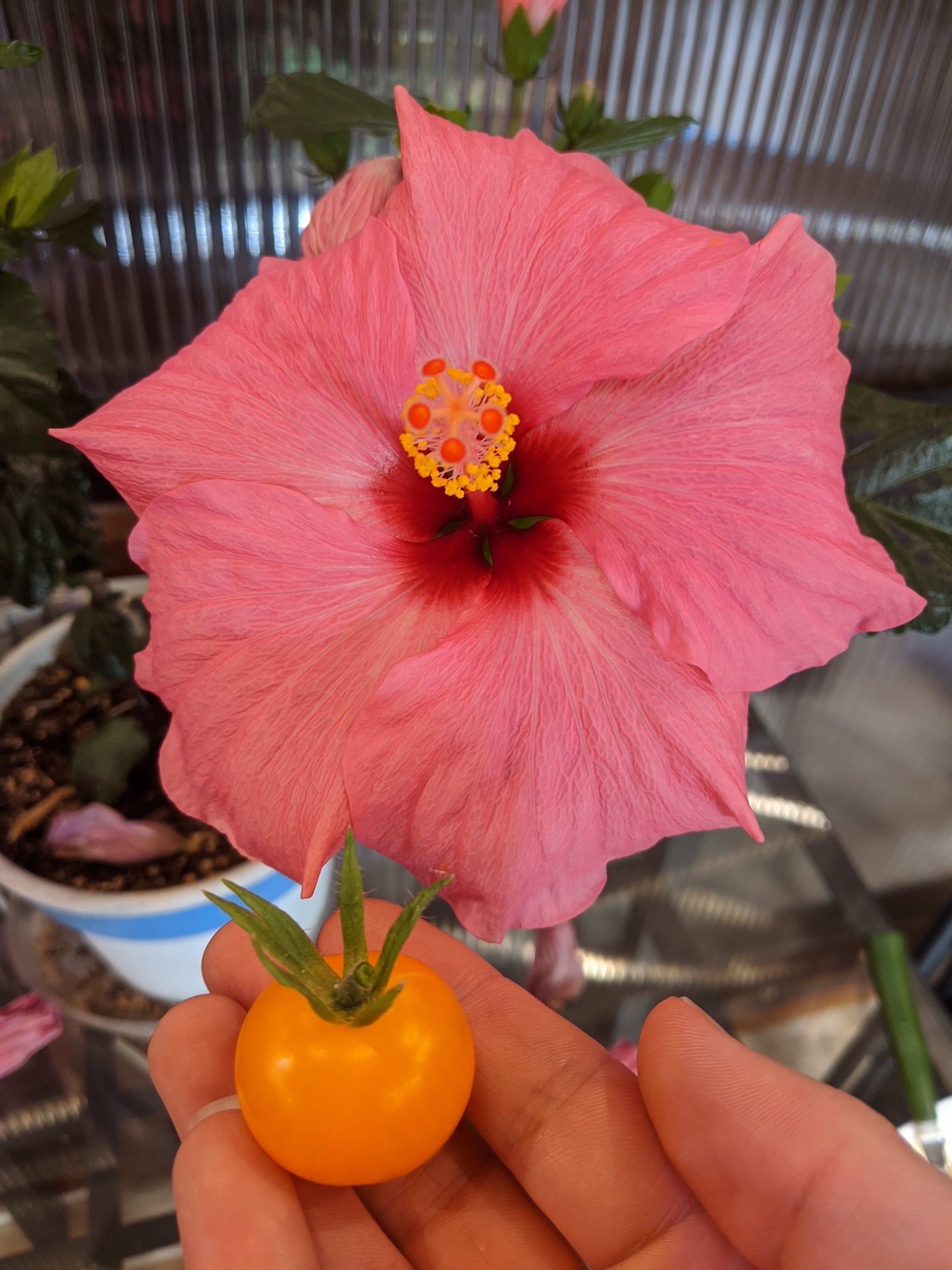
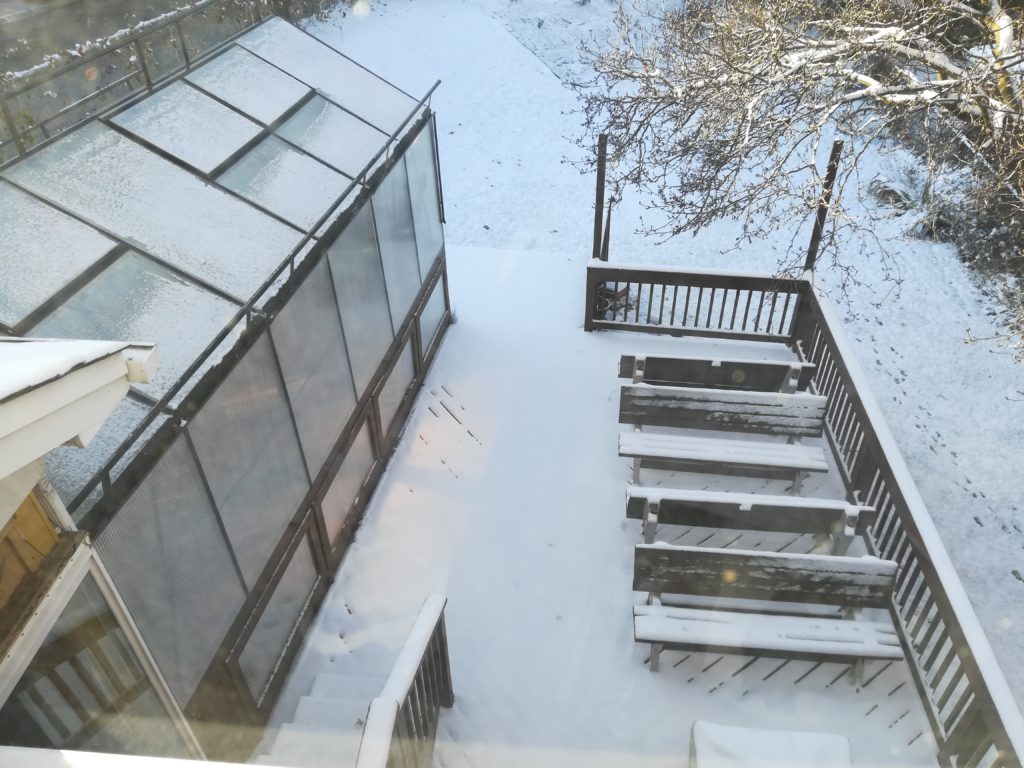
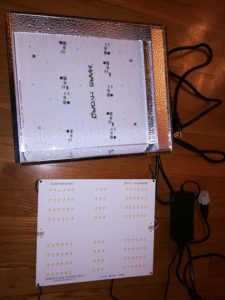
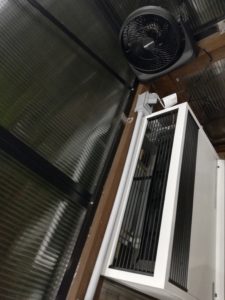
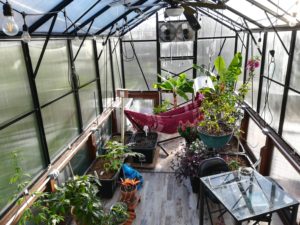


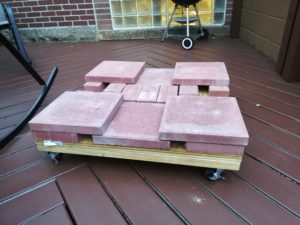
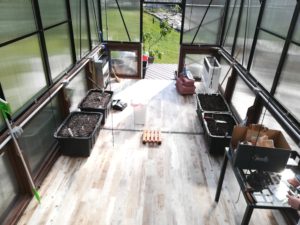
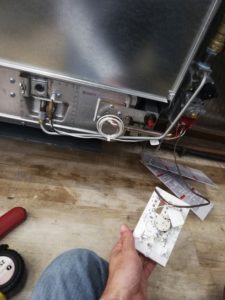
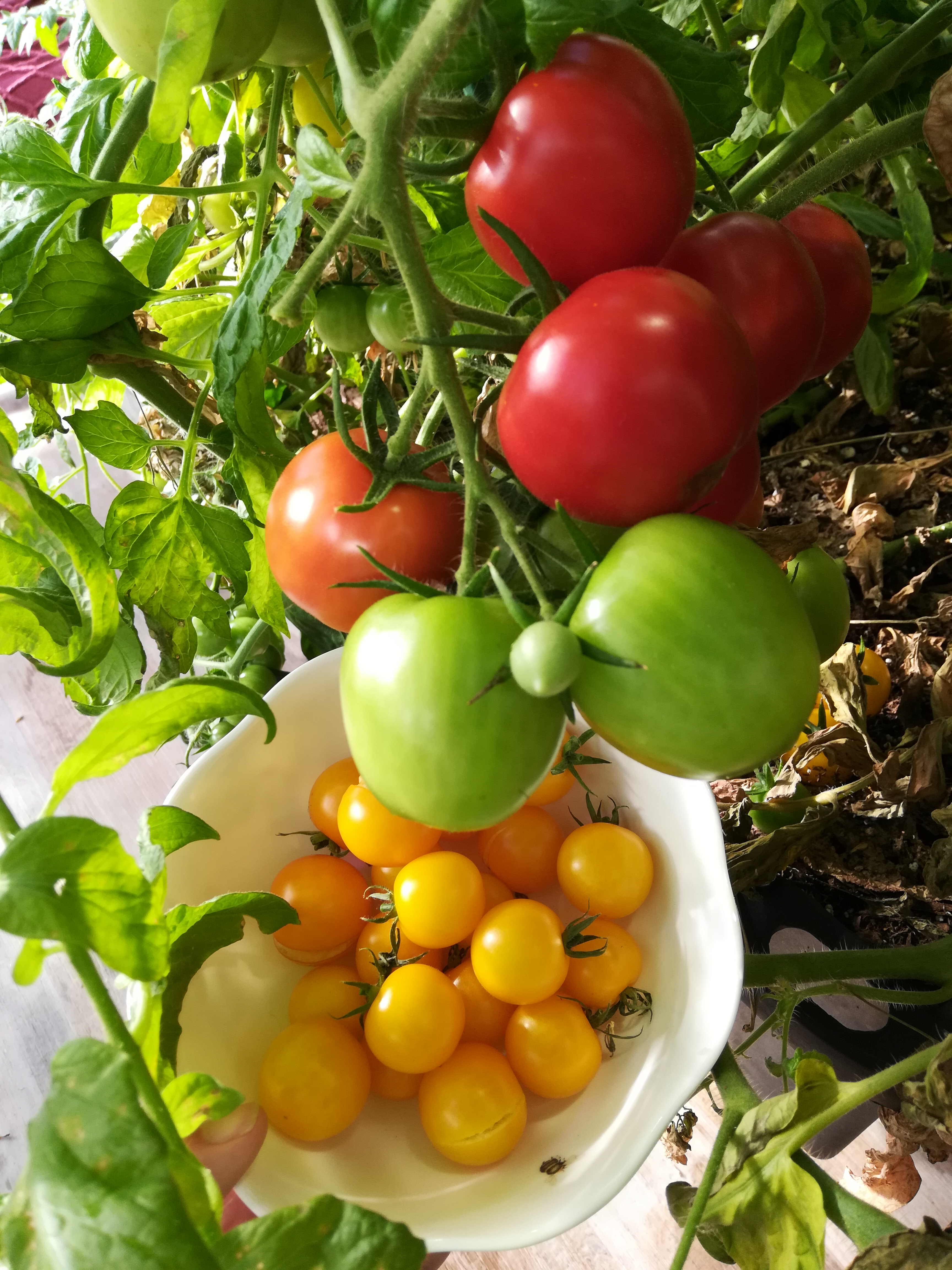
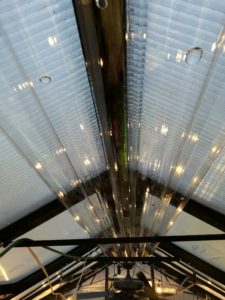
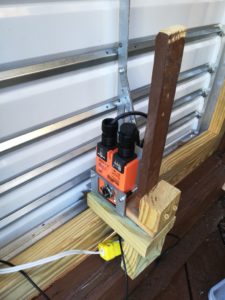
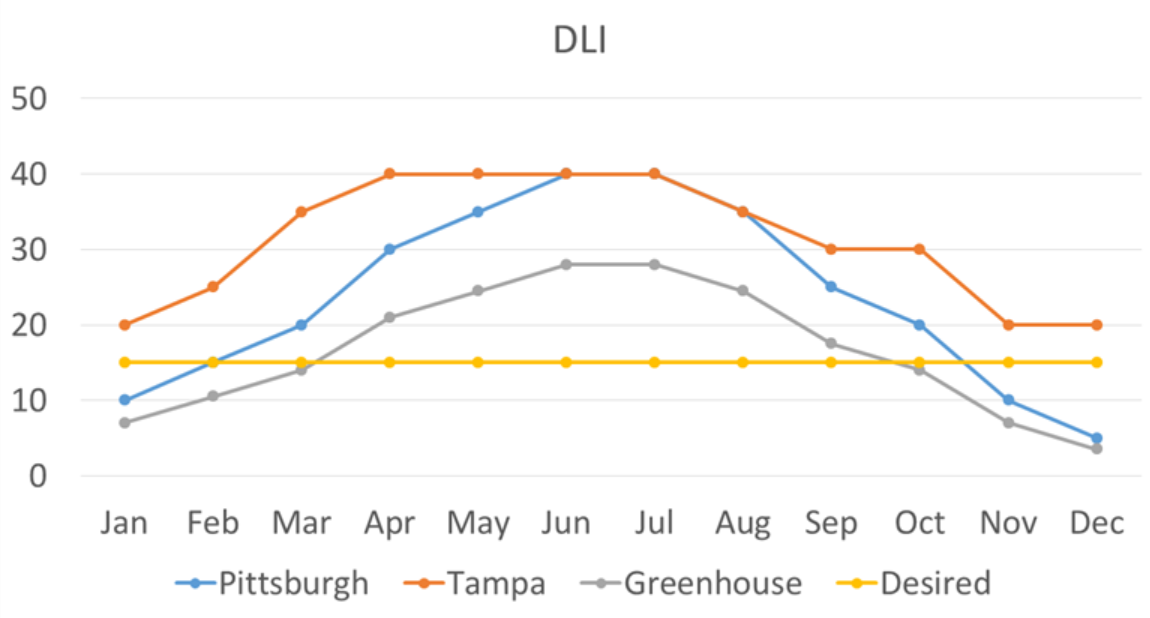
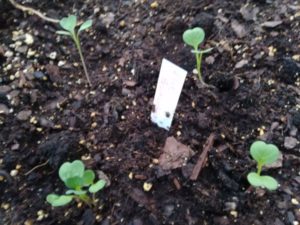 Coming back from vacation, I checked the greenhouse and it was largely as I had left it: a few self-irrigated bins with a few sprouting seeds I had planted a few weeks ago. The best of the lot was the
Coming back from vacation, I checked the greenhouse and it was largely as I had left it: a few self-irrigated bins with a few sprouting seeds I had planted a few weeks ago. The best of the lot was the 